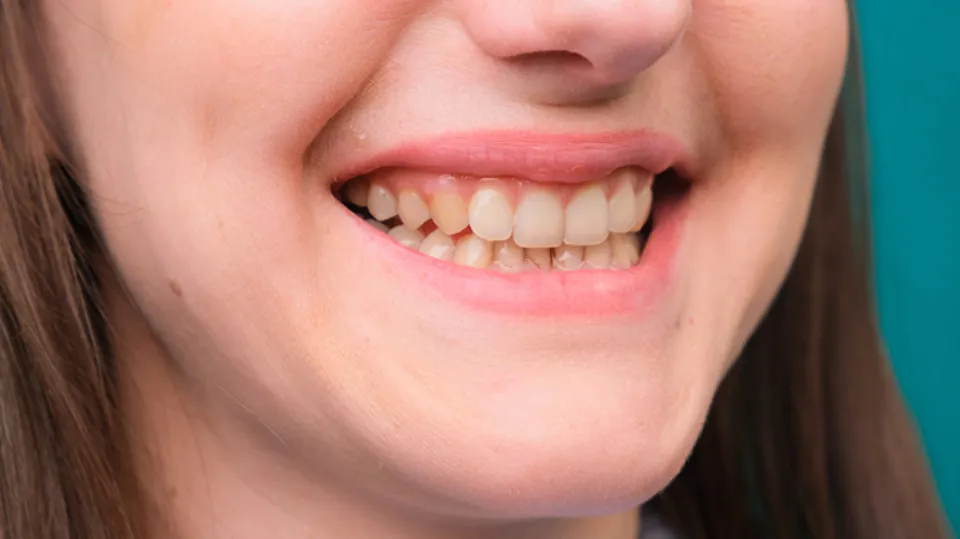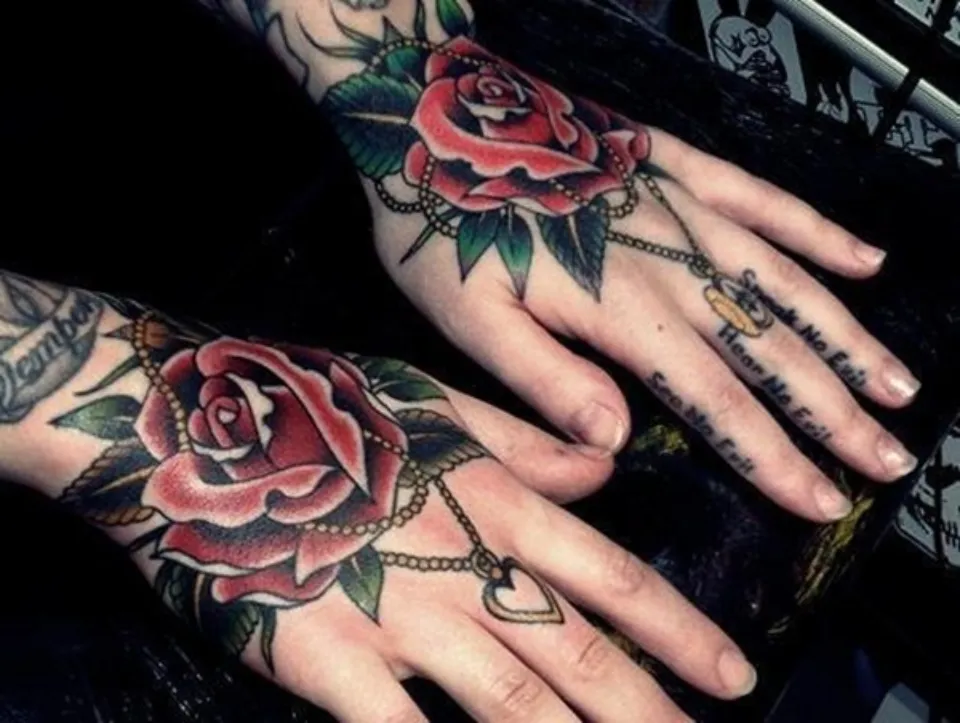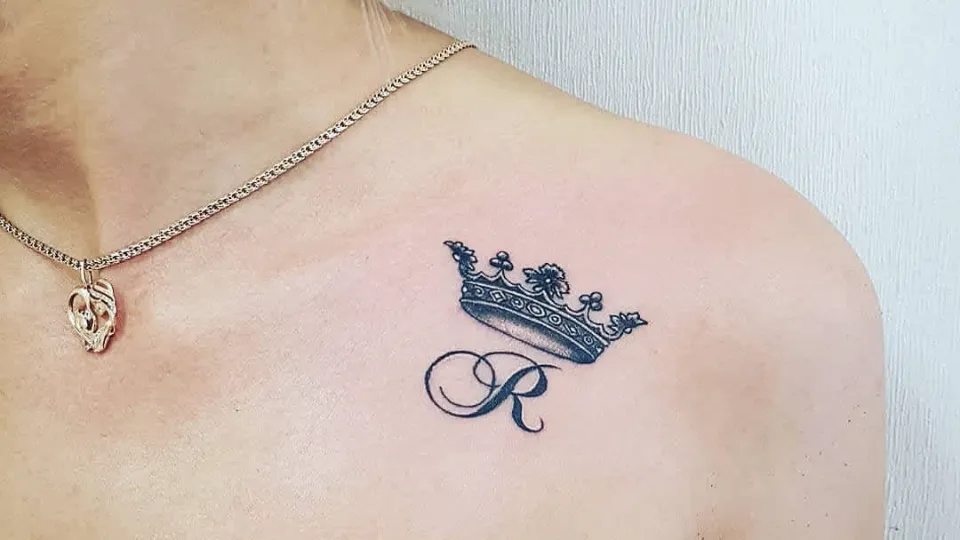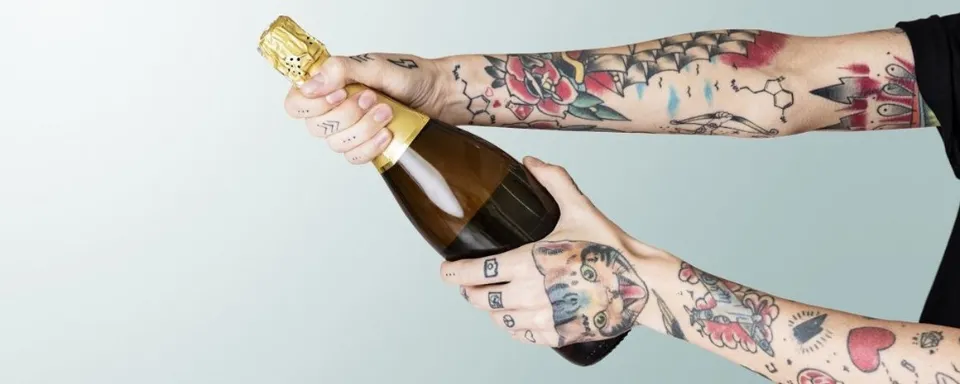Most of us want our teeth to be a pearly, sparkling, shiny, eye-catching, bright white color that lights up the room. But why aren’t my teeth white?
As we age, enamel naturally starts to gradually wear away. Diet can also play a role in discoloration; beverages such as coffee, red wine, and tea contain substances such as acids, chromogens, and tannins, all of which adhere to and corrode enamel.
This blog explains the causes of tooth discoloration and what you can do to prevent it.
Why Aren’t My Teeth White Anymore?
Both internal and external factors can cause changes in the color and luster of teeth.
Intrinsic Discoloration
Things that take place inside the tooth itself are known as intrinsic factors. One of the biggest causes is aging.
The hard enamel that protects your teeth can start to erode as you age, exposing the yellowish-brown dentin underneath.
Furthermore, brushing your teeth will not be able to remove the dull color, which is a result of material under the enamel peeping through.
Other causes of intrinsic discoloration include the following:
- Using certain antibiotics, such as tetracycline
- Excessive use of fluoride (fluorosis)
- Oral trauma
Extrinsic Discoloration
Extrinsic elements are those that take place away from the teeth. These include eating certain foods and drinks as well as engaging in certain lifestyle activities, such as smoking, which can cause the enamel to stain.
These stains can be eliminated using teeth whitening techniques.
Some of the biggest culprits for causing extrinsic stains are:
- Tea and coffee
- Dark colas
- Soy sauce
- Red wine
- Dark-colored berries or berry juice
- Tomatoes and tomato sauce
- Any type of tobacco
The good news is that there are solutions that can restore your smile to its former glory regardless of the type of discoloration you have.
Related Reading: Are Teeth Supposed to Be White?
How to White Heavily Damaged Teeth?
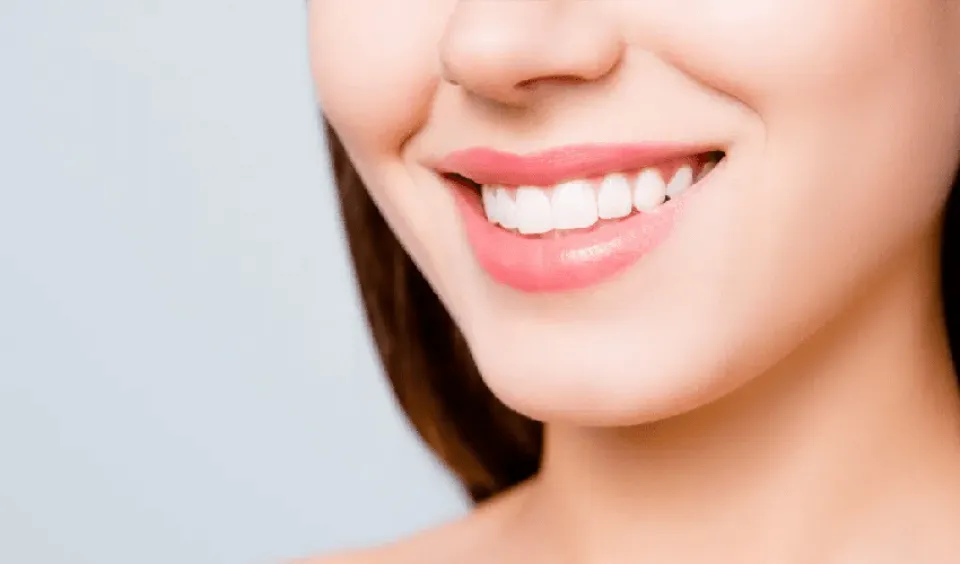
So what can you do if the approaches you tried weren’t effective enough? First off, despair is not an option. Beautifying your teeth is still an option.
If you visit a specialist dentist, your dentist will assess your case and present you with the four best options. We can list them as follows:
Option 1: Office Teeth Cleaning and Office Bleaching
In-office cleaning and whitening are far more effective than the cleanings you can apply at home. Experts will complete these tasks in the most secure and efficient manner possible using their tools and expertise.
Your dentist will thoroughly clean your teeth of tartar using the right tools and cleaning expertise, and they will also whiten your teeth using the right whitening agent.
The whitening agent can harm your teeth, which a dentist can identify quickly and stop treating you for.
At the same time, your dentist can also address issues like gum disease, which can harm your teeth and discolor them.
Option 2: Dental Prostheses
When teeth whitening products and professional assistance are ineffective at improving the appearance of teeth, dental prostheses can be a good aesthetic solution.
These are instruments whose main purpose is to make your teeth look better.
They are also helpful for things like ensuring your teeth are functional. However, since their main task is aesthetic correction, they are cosmetic treatments.
Option 3: Veneers
One of these decorative artificials is veneer. They give the tooth’s visible face a beautiful appearance by covering it.
Your dentist applies veneers to your teeth by shaving a small portion of the enamel’s visible surface, which is the outermost layer of your teeth.
You must therefore wear them constantly once you have them. You can’t get it out.
Option 4: Crowns
The tooth is completely covered by crowns. Once more, the tooth enamel’s entire surface is shaved to create a thin layer for its application. Crowns are worn here.
Your natural teeth can be successfully imitated by them. With your natural tooth color, you can pick a material that works.
Therefore, you can have a beautiful smile with solid, white dentures that cover all of your teeth’s surfaces. You must understand that crowns are an irreversible procedure, just like veneers.
For more teeth-whitening tips, keep reading:
Final Thoughts on Why Aren’t My Teeth White
Individuals have unique dental structures. Some of us are born with strong, pearly white teeth that are coated with picturesque white enamel.
Others, well, aren’t. If you have naturally thin enamel, your teeth may appear off-white simply due to genetics.
There are whitening options available, as we previously mentioned, even though you can’t change the genetic make-up of your teeth.
Related Reading: Are Yellow Teeth Stronger Than White Teeth?
FAQs
Why Aren’t My Teeth White Even Though I Brush Them?
Whitening strips, mouthwashes, and toothpastes only contact the surface of tooth enamel.
How Long Does It Take for Your Teeth to Get White from Brushing?
sults could be seen in two to six weeks by using a whitening toothpaste twice daily.
Are Teeth Naturally White Or Yellow?
Like hair or eye color, genetics plays a role in determining natural tooth color.

